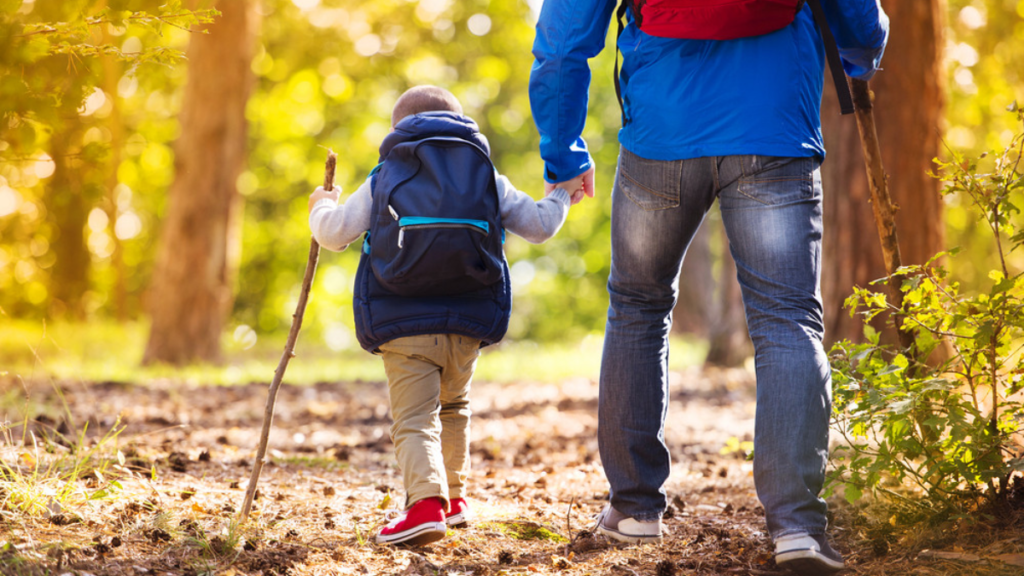It can be difficult to speak with your kids about climate change and global warming. If you’re wondering how to teach your kids about eco-friendliness and the environment, here are a few easy ways.
Watch movies and shows with environmental themes
One easy way to teach your kids about environmental issues is to use media. In fact, some media has been designed for that very purpose. There are shows, cartoons, and movies designed to teach kids about the environment. They be a great way to teach your kids about eco-friendliness. For example, a movie like Wall-E can show the dramatic possibility of what happens if we continue polluting the planet.
Shop local
One easy way to be more eco-friendly and sustainable is to shop at local small businesses. Considering there are around 30.7 million small businesses in the U.S., you shouldn’t have too much trouble finding stores near you. Small businesses generally have less of an environmental impact than bigger stores because the products are more locally based. Therefore it cuts down on the amount of waste created in the transportation process. You should also try to shop local when it comes to produce for similar reasons. Because of the reduced transportation times, the fruits vegetables will also be a lot fresher. It’s a two-for-one — you get delicious produce and you’re helping the environment.
Save electricity
Being conscious of your electricity use is easier than you might think. To save some electricity, start focusing on things like turning off the lights when you leave a room. In addition, try opening windows instead of using fans and unplugging electronics when you aren’t using them. These small changes are something you can do in your home without any major change. Even if you’re part of the 27% of Americans who rent their homes, you can still do this. Make sure that you’re practicing what you preach. Do your best to do the things that you encourage your kids to do.
Start a garden
Gardening is a great way to teach your kids about eco-friendliness. Although shopping local when it comes to produce is a great way to be more eco-friendly, growing things in your own backyard is even better. If you grow them without using chemical-based fertilizer or pesticides, you’re also not contributing anything toxic to the water table. While you’re working in your garden, you can also talk about reasons why using pesticides and chemical-based fertilizers can be damaging to the environment and why it’s better to use all-natural alternatives.
Be smart about transportation
Although it’s not realistic to completely stop driving places, you can start to make an effort to use your car less when it’s possible. If there’s a restaurant your family wants to go to that’s only a mile away, try walking or riding your bikes there instead of driving. You can also use public transport instead of driving. If you do have to drive somewhere, see if it’s possible to carpool, like if you’re driving your kids to a sporting event or concert. Making the effort to conserve gas and create less of an impact of the environment, even if it’s slightly inconvenient, will teach your kids about eco-friendliness.
Create recycled crafts
If your kids like arts and crafts, you have a great opportunity to teach them about recycling and how beneficial it can be. Before you put out your recyclables for the week, look through them and see if anything can be used in a craft or art project. Pinterest has a lot of projects that can be completed using recycled materials, so if you want to scroll through some ideas you can find some good inspiration on there. One really simple thing is to save up loose papers and newspapers to use as a cover for any table your kids want to paint or color on to protect the table without having to use newer materials to prevent damage. You can also save any paper that has one blank side to use as coloring pages for your kids.
Spend time outside
Spending time enjoying the great outdoors can help your kids understand why it’s important to be environmentally friendly. Whether that means going for a walk in your local park or going on a weekend-long camping trip is up to you, but either way, you’ll be getting out into nature. Creating the connection between the natural world around us and your family’s individual actions may help your kids understand the importance of being eco-friendly even more.
Pick up litter
Picking up litter is something you can any time that you’re outside. Any time that you spend time outside, you can make a small competition for who can find and clean up the most litter. Make sure that you have gloves or hand sanitizer as well as a small bag for garbage on hand before you start picking things up to ensure that you’re being safe while handling the garbage that you find on the ground.
Think about energy conservation
When you’re working on home projects, think about the impact of those projects on the environment and on your home’s energy usage. For example, if you’re resealing a window because there’s a draft, you can talk about the amount of heat loss that drafty windows can cause, which is around 50% of your home’s heat loss. Kids learn by watching what you do, so if you start making an effort to make home improvements that will help make your home greener, they’ll see that it’s something important.
Being eco-friendly is more important now than it ever has been, but teaching our kids to be more eco-friendly can be difficult. That’s why taking small steps towards eco-friendliness is important — you can teach your kids the importance of the actions without scaring them about the larger impacts of climate change.
How do you talk to your kids about the environment? Let us know in the comments below!
